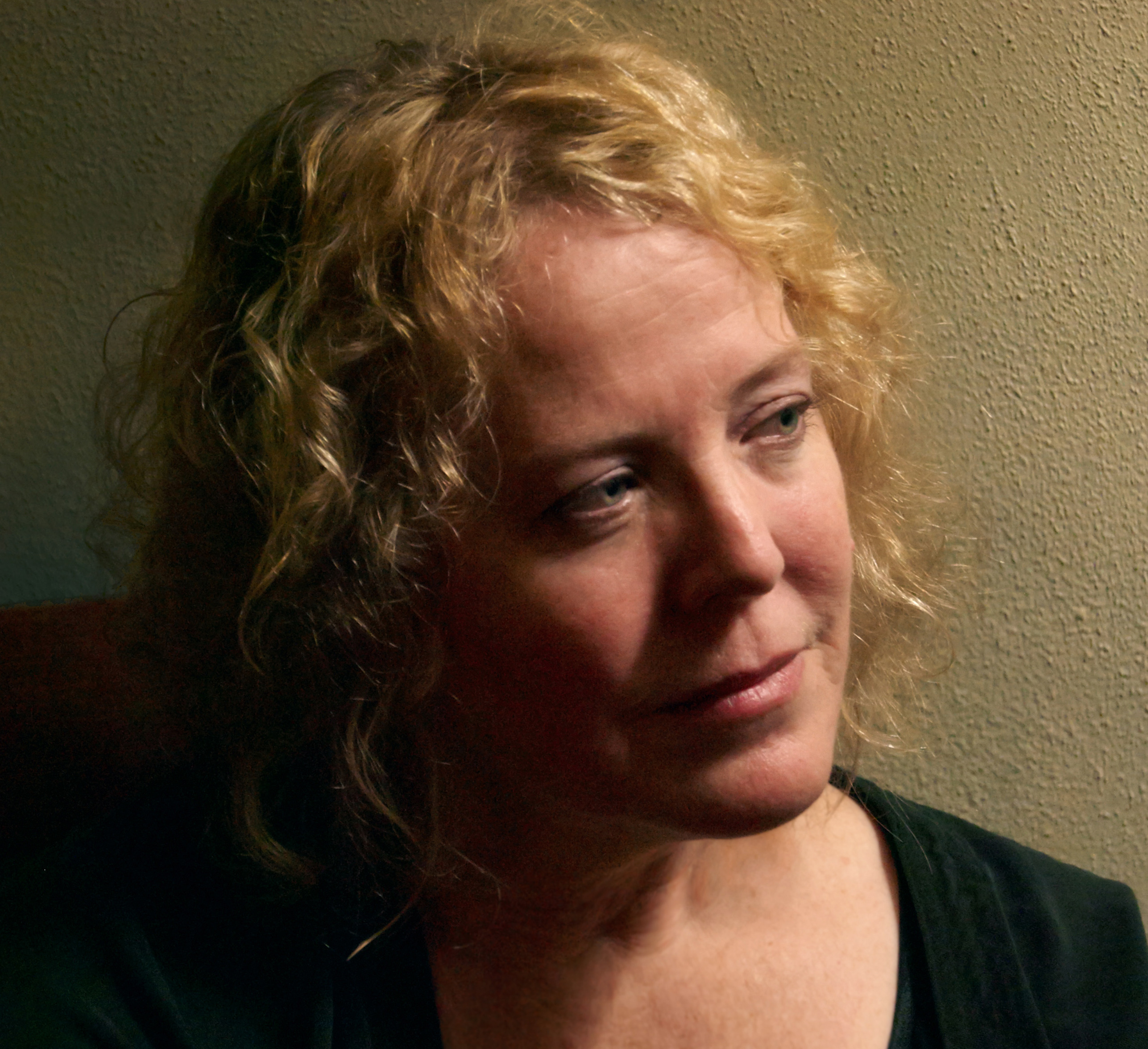BA Fine Arts, Montana State University
Life Member, Art Students League of New York
The Figure as Communicator
The human figure and face provide a powerful means to communicate emotion, expression, and narrative. It is means for psychological exploration, release, allegory and social comment. The canon of this century will certainly include the fascinating new approaches in figurative art as well as the new realism as it assigns historical importance. Realists should be taking an active part in this discussion in order to define this movement. Artists have a critical role in shaping the way people think about the urgent challenges posed by a cybernetic, pluralistic, environmentally and martially challenged world.
The evocative potential of the figure as communicator will be discussed as exemplified in the work of several artists; we will look at the narrative symbolism of Odd Nerdrum, the emotional rescue studies by Cynthia Sitton, alienation in Julio Reyes’ industrial landscapes, John Brosio’s ironical environmental commentaries, the religious iconography of Rigoberto Gonzalez and Regina Jacobson as well as social commentary by Max Ginsburg.
Curator Joseph Bravo states that: “…genuine aesthetic communication rests on empathy between the artist and the viewer.” This empathy is essential to the aesthetic experience, and the human figure is not unique in producing empathy, but certainly has a great advantage in that regard: Our minds are programmed from infancy to understand its gestures and cues. Yet as marvelous as the figure alone can be in communicating emotion, and as beautiful in itself, the artist is required to go a step further than the painted or constructed idea: He/she must explain intention. Though we must resist and challenge the emptiness of “artspeak”, it is useful to reconstruct the literary and philosophical language we need in order to engage broader audiences, to inform the viewer with the deeper knowledge needed for a full aesthetic experience. A broader audience can provide the critical and commercial success necessary to support an artist’s practice. The realist can benefit from engaging in a transformative dialogue with the artworld.
What do we realists have to say, we who use the marvelous human figure as muse? Will we follow the linear path of western art history, struggling to find placement within a narrowly defined classical aesthetic that is based solely on technical purity and a strong dose of nostalgia? Will we remain ensnared in 20th Century imperatives of shamanism and novelty supported by incoherent language? Or will we open expand our thinking to include a variety of approaches and full liberation from obfuscation? Will we acknowledge and defend valid aesthetic, formal and intellectual criteria for assigning the name “Art” to objects?
The figure represents our humanity. Most rewarding of all subjects, it can help us shape the new canon and redefine aesthetics and art. Rendered with skill, poetry and intellectual integrity, the figure can elevate more than the dialogue about art and the artist’s place in the world, it elevates the mind and spirit.
About Suzy
Born in England, Suzy Hart grew up in Montreal and South Carolina. She is a Life Member of the Art Students League of New York, where she spent several years studying with Frank Mason, N.A., and Gustav Rehberger. She earned her B.A. in sculpture with a minor in art history at Montana State University. A lifelong and devoted portraitist, she primarily paints commissions and figurative imaginative works. She has taught at the Greenville Museum of Art and other venues, and is a Signature Member of the Pastel Society of America and of the Appalachian Pastel Society. She has received several awards from the Portrait Society of America.
In an uncertain climate, she wants to invoke emotion through the expressive force of the figure and the human gaze. Her paintings and sculptures examine themes — metaphysical and material — with a sensitive, naturalistic aesthetic. She writes about the legacy artists can create and the press of time in which to engage fully in humanistic dialogue.


